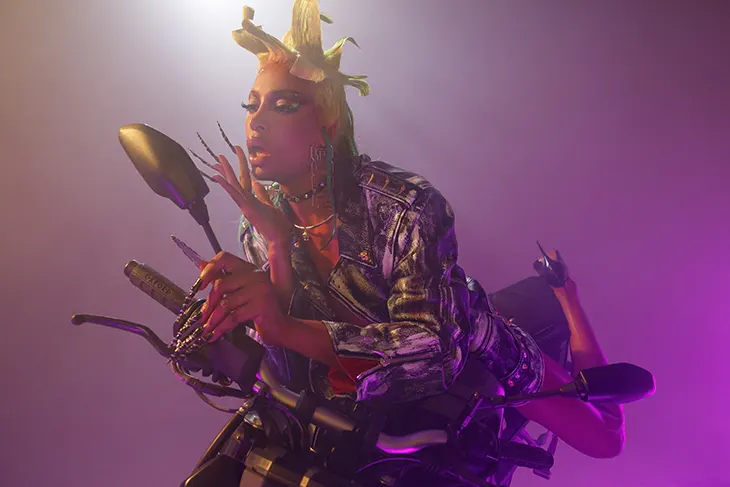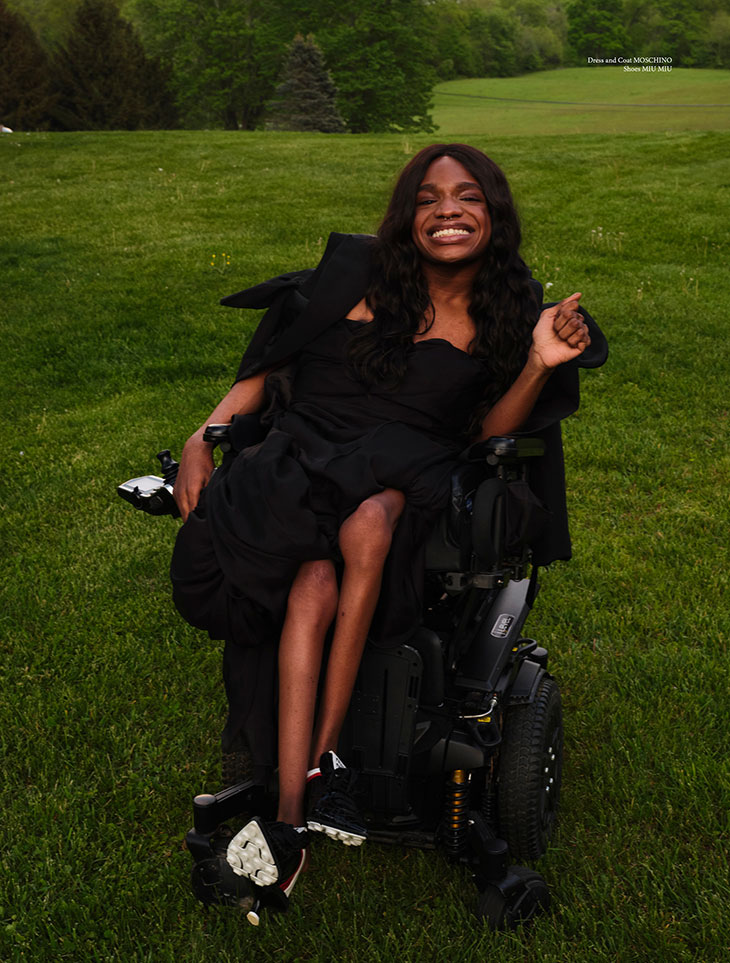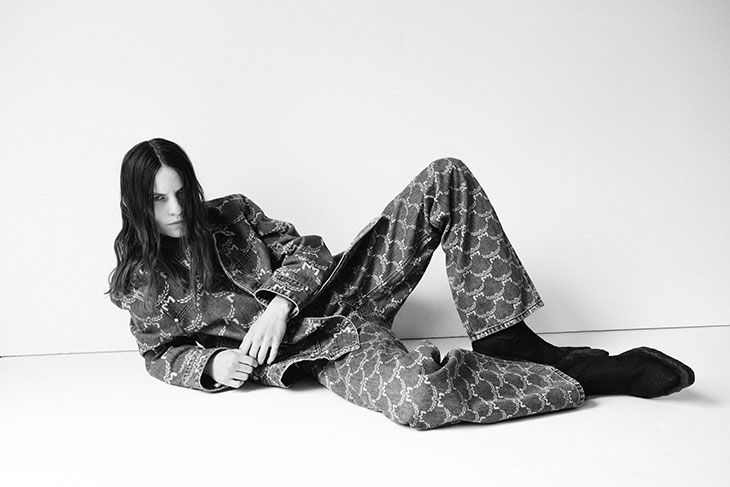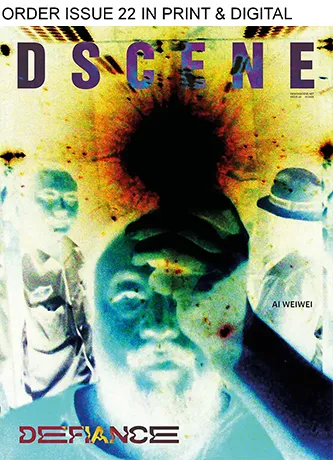
Pride did not begin with a logo. It began with unrest. It moved in bodies that refused to disappear, spoke in languages that weren’t taught in schools, and wore what wasn’t made for them. Pride is not a theme, it’s a tension. One that still exists, long after the glitter settles and the hashtags go quiet.
Queerness doesn’t ask for space; it creates it. Often without invitation. It has shaped style through necessity, through defiance, through desire. Queer creativity has long existed where others forgets to look, in the margins, on the fringes, and under conditions where survival and style become inseparable. This month, we return our focus to that generative edge. Not as a tribute, but as a responsibility.

At DSCENE Magazine, this has never been seasonal. We’ve consistently featured artists, models, and designers who live and work through queerness, without waiting for June. Aariana Rose Philip didn’t enter fashion, she redefined its terms, forcing an industry built on exclusion to finally make space for power it couldn’t ignore. Tayce’s portrait series turned movement into power. Angelica Ross, Tasha Tilberg, and Eliot Sumner have each embodied complexity, never flattened, never simplified. Alejandro Gómez Palomo continues to dismantle and reimagine menswear with theatrical precision, while Willy Chavarria carves space for queer and Chicano identities. Eva & Adele collapsed time in front of us, and Qualeasha Wood showed us how queerness and memory reprogram tradition. Through Coperni, we’ve looked at fashion’s relationship to gendered technology. With Zheng Bo and Madison Bycroft, we’ve engaged queerness not only as identity, but as methodology.

These are not Pride Month features. They are the editorial standard. But this month, we aim to do more. More space. More nuance. More urgency. Not in the service of visibility, but in recognition of a history, and a present, that refuses reduction.
Queerness is not one voice, one form, one politics. It mutates, contradicts, disappears, and returns. It performs and rejects performance. It wears silence like velvet and protest like chains. To write about queerness honestly requires an acceptance of what cannot be defined. That’s where its power lives: not in cohesion, but in refusal.
This month, DSCENE will continue to seek out work that disrupts structure, artists who make with urgency, designers who cut against expectation, and voices that stay unmoved by the mainstream gaze. We are not looking for stories that perform queerness. We are looking for stories that live it.

There will be no theme. No central image. Just a shared direction: toward the work that hasn’t yet been approved, archived, or absorbed. Toward the undone. The unfinished. The unwelcome. Pride, for us, begins there.
This month belongs to the unwritten. And that is exactly where we intend to look.



















